Time zone IST (UTC+5:30) | Local time Thursday 6:06 AM | |
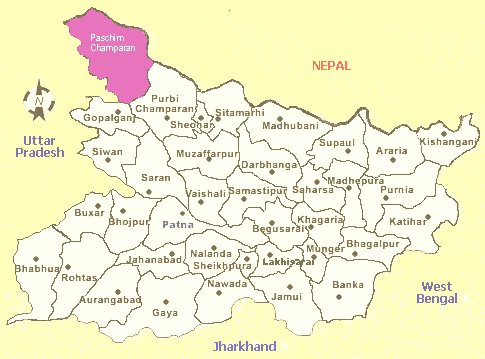 | ||
Weather 18°C, Wind NE at 6 km/h, 55% Humidity | ||
Champaran tirth yatra
Champaran is a historic region which now forms the East Champaran district, and the West Champaran district in Bihar, India. Champaran was part of erstwhile Mithila under King Janaka.
Contents
- Champaran tirth yatra
- gandhi ka champaran what has changed bbc hind
- Boundaries
- Name
- Ancient history
- Medieval period
- Gandhi and the Champaran Satyagraha
- Notable people
- References
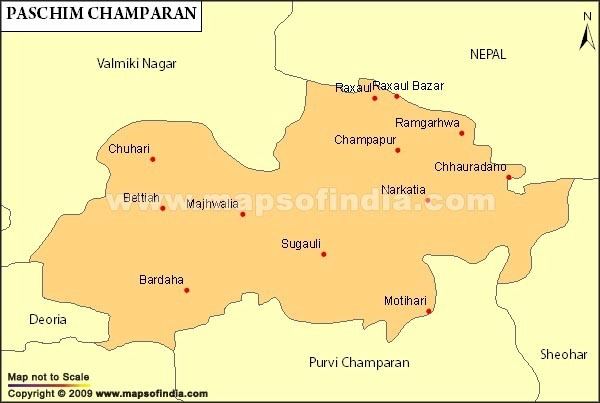
gandhi ka champaran what has changed bbc hind
Boundaries
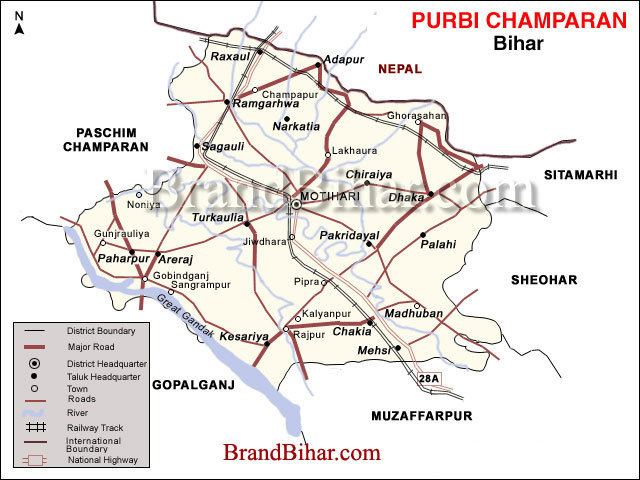
Champaran District was created in 1866. On 1 December 1971 it was split into two districts: Paschim Champaran and Purbi Champaran. The headquarters of Paschim Champaran district is at Bettiah. The headquarters of Purbi Champaran district is at Motihari. Purbi Champaran consists of six subdivisions and twenty seven blocks.
Name
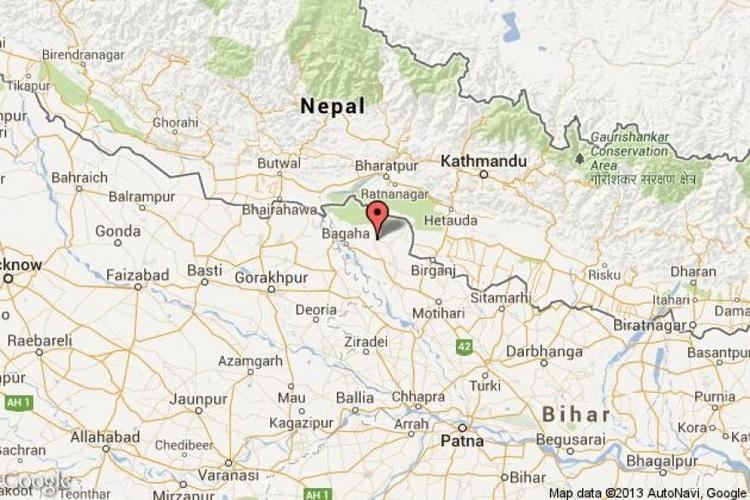
The name Champaran derives from Champa-aranya or Champkatanys. Champa or champaka means magnolia and aranya means forest. Hence, Champaranya means forest of magnolia trees. It is believed that the forest was named while its western portion was inhabited by solitary ascetics.
Ancient history
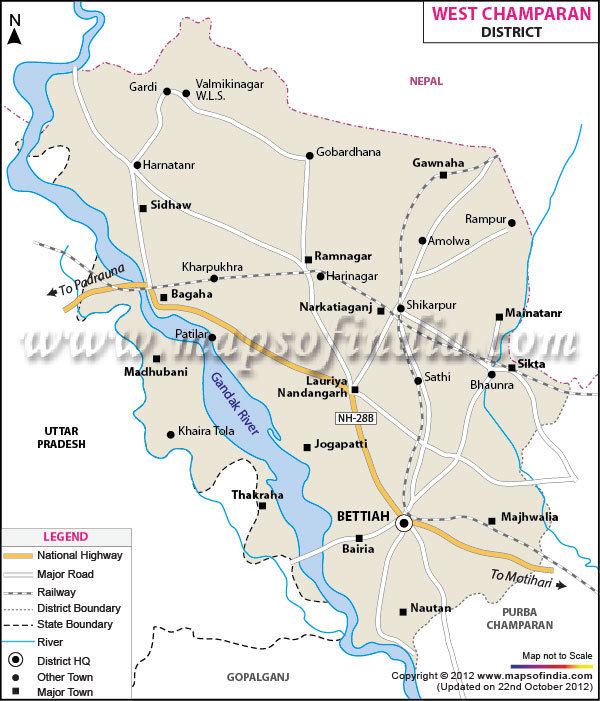
In the prehistoric period, Champaran constituted a part of the ancient kingdom of Videha. The Aryan Videhas settled east of the Gandak or Narayani river. Among the greatest of the Videha kings was Sirdhwaj Janak, an erudite scholar as well as the temporal and spirutal lord for his subjects. Yagyavalkya was his chief priest who codified the Hindu law known as Yajnavalkya Smriti. Both of his wives Gargi and Maitreyi were renowned scholars. It is Gargi who is credited with composing some mantras. After the fall of Videhan empire Champaran was ceded to the oligarrochial republic of Vrijjan confederacy, with Vaishali as its capital of the Vriggian confederacy. Lichohavis were the most powerful and prominent.

Ajatashatru, the emperor of Magadha, found the power and fame of Vaishali an irritant. By diplomacy and force he annexed Lichhavis and occupied its capital, Vaishali. He extended his way over the present district of Champaran which lasted for nearly a hundred years. After the Mauryas, the Shungas and the Kanvas ruled over Magadh and its vast territories. Archaeological evidence found in Champaran is testimony of Shunga and Kanva rule in the area.
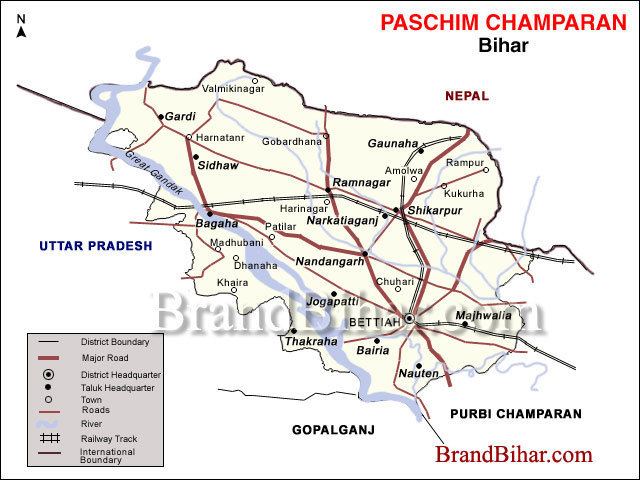
The Kushans, who were a Central Asian Tribe (Other view, they were Turks, or Mongolian Tribe or a Chinese Tribe), overran the entire north of India in the first century. Probably Champaran was a part of the Kushan empire at that time. Champaran later became a part of the Gupta empire. Along with Tirhut, Champaran was possibly annexed by Harsha during whose reign Xuanzang, the Chinese pilgrim, visited India. During 750 to 1155 Palas were in the possession of eastern India and Champaran formed a part of their territories. Towards the close of the 10th century Gangaya Deva of the Kalacheeri dynasty conquered Champaran. He gave way to Vikramaditya of the Chalukya dynasty, who was accompanied by adventurers from the Carnatic .It is believed that one of the adventurers encountered the Saka dynasty of Bangal another, Nanyadeva, founded the Carnatic dynasty of Mithila with its capital at Siaraon on the India-Nepal border.
Medieval period

Between 1211 and 1226, Ghyasuddin Iwaz, the Muslim governor of Bengal, attempted to invade Tirabhukti and Tirhut. His successors were only able to claim Tirhut from Narsinghdeva, a Simyaon king, in about 1323.
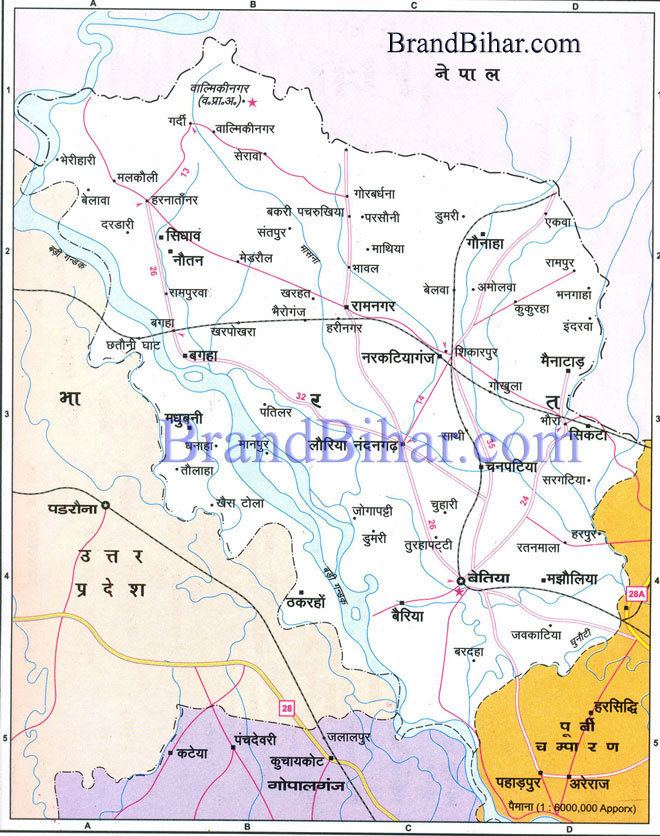
As Harsinghdeo, the last Simyaon king, had taken shelter in Nepal, Kameshwar Thakur, a Brahman, was crowned king in his place. The Sugaon dynasty held Tirhut as a tributary province for a century after Harsinghdeo's capture. The most famous of this dynasty was Raja Shiva Singh who was adorned by the immortal poet laureate Vidyapati.
During the period of Lakshmi Nath, Deva Tirabhukti was attacked by Sultan Alleuddin Hussain Shah of Bengal and Sikandar Lodi of Delhi. A treaty was concluded in 1499 according to which Tirabhukti was left to Delhi. Subsequently, Delhi attacked Tirabhukti and made the prince a tributary chief. However, Nasrat Shah, son of Allauddin Shah, attacked Tirabhukti in 1530 and annexed the territory, killed the Raja and thus put an end to the Thakur dynasty.

Nasrat Shah appointed his son-in-law as viceroy of Tirhut and the governorate was ruled by a Muslim. In 1526, Babur dynasted Sikandar Lodi but Champaran did not regain prominence until the last days of the Muslim rule.
During the close of the Mughal empire, Champaran witnessed ravages of contending armies. Prince Al Gauhar, later known as Shah Alam, invaded Bihar in 1760 and Khadin Hussain, the Governor of Purnit was invited with his army to join him. Nawab Sirajudaulla of Bengal had already been defeated and killed as a result of the conspiracy of Mir Jagarkhan and the British, in June, 1757. Before Khadim Hussain could meet Shah Alam's forces Captain Knox led a British force and defeated him at Hajipur, after which he fled to Bettiah.
Gandhi and the Champaran Satyagraha
Farmers in Champaran had earlier revolted against the conditions of indigo cultivation in 1914 (at Pipra) and 1916 (Turkaulia). Then Pandit Raj Kumar Shukla and Ram Lal Sah persuaded Mahatma Gandhi to visit Champaran and the "Champaran Satyagraha" began. At around the same time the Indian National Congress in December 1916 passed at Lucknow a resolution requesting the Government to appoint a committee of both officials and non-officials to inquire into the agrarian trouble facing the district.
Gandhi's historic visit to Champaran was opposed by the British rulers. An order asking him to leave Champaran was served upon him as soon as he arrived at Motihari. Gandhi defied the order. His supporters included Dr. Rajendra Prasad, Brajkishore Prasad, Acharya Kriplani, Dr. Anugrah Narayan Sinha, Mahadeo Desai, C. F. Andrews, H. S. Pollock, Raj Kishore Prasad, Ram Nawami Prasad, Shambhu Sharan and Dharnidhar Prasad. After considerable struggle the Government was compelled to lift the ban on Gandhi's stay here. For the first time on Indian soil Satyagraha (Non-Violent civil disobedience) was successfully put to the test. Eventually a committee of inquiry was appointed by the Government under the chairmanship of Frank Sly. Gandhi was also made one of the members of the committee. On the basis of valued recommendations of the committee, the Champaran Agraria Law (Bihar and Orissa Act I of March 1918) was passed.
In 1920, Gandhi made an extensive tour of Bihar before launching the non-co-operation movement, which earned full support in the district as well. In 1929, a group of volunteers from Champran district came to demonstrate against the Simon commission. In the same year the 21st session of the Bihar students conference was held at Motihari.
As a reaction against the failure of the round table conference held in 1932, there was a popular gathering at Motihari to take the pledge for Independence. Police fired upon the gatherings and charged the demonstrators, armed with lathis.
In course of time, the development of synthetic dyes made the cultivation of indigo redundant.
